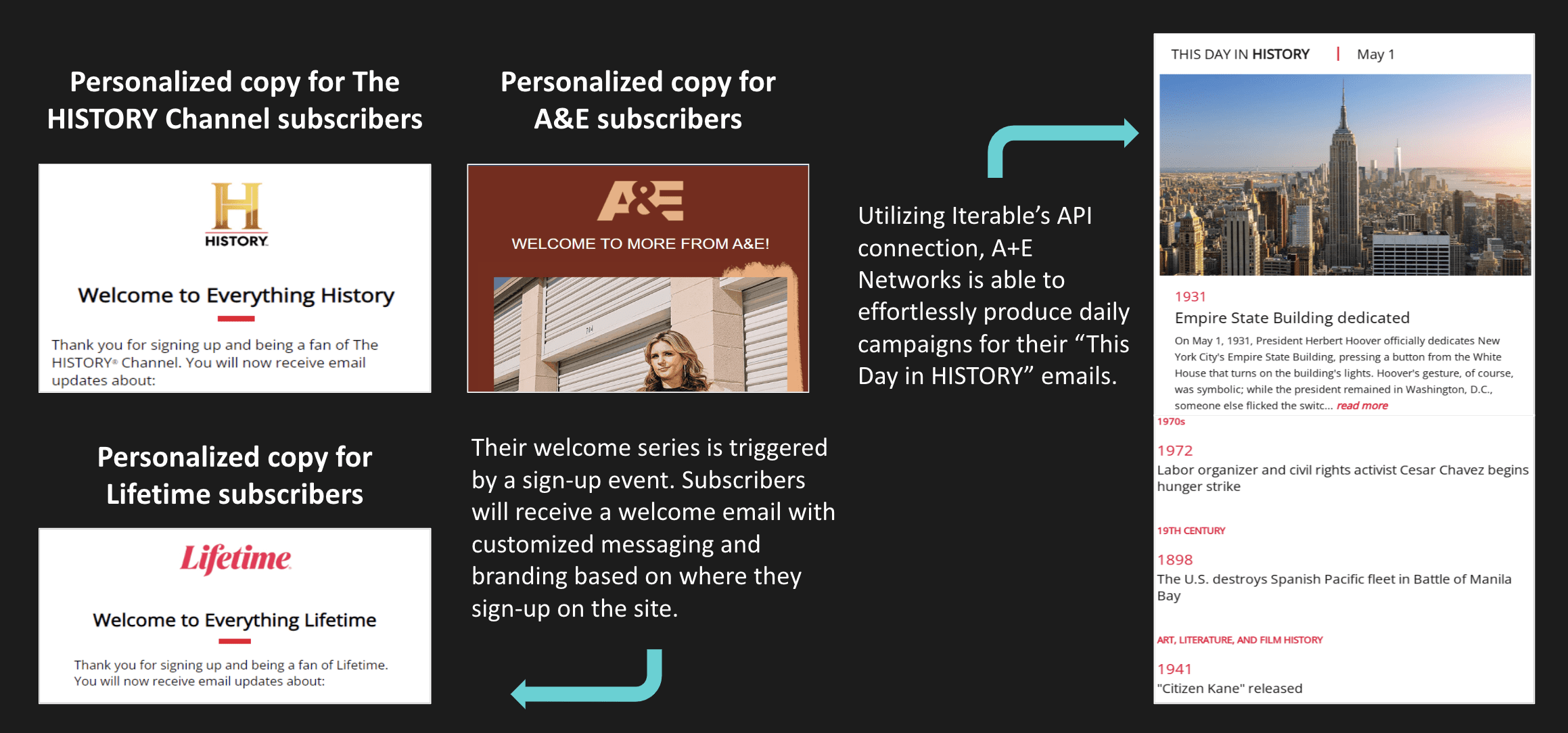From a marketer’s perspective, email newsletters are a great opportunity to collect addresses. Who hasn’t offered a discount to customers if they subscribe? Getting a first-time visitor’s email address opens the door to future opportunities with that potential customer. However, the effectiveness of your newsletter hinges on a myriad of factors including deliverability, segmentation, and personalization.
This blog post delves into the best practices for creating impactful email newsletters that not only engage your audience but also maintain high deliverability and relevance through segmentation and dynamic content.
The Importance of Email Deliverability
Email deliverability refers to the ability of your emails to reach the recipient’s inbox rather than being relegated to the spam folder or, worse, being rejected altogether (bouncing). High deliverability is crucial because no matter how well-crafted your email newsletter is, it won’t be effective if it doesn’t reach your audience.
Several factors impact deliverability, including sender reputation, email content, frequency, recipient engagement, and a clean list.
- Sender Reputation: ISPs (Internet Service Providers) assess your brand’s sending habits to determine whether or not your emails should be delivered. A good sender reputation is built by avoiding spammy behavior, such as sending unsolicited emails or using misleading subject lines.
- Email Content: Avoid spammy content that can trigger spam filters. This includes excessive use of exclamation marks, all caps, and words like “free” or “urgent.” Also, ensure that your emails are free from malware or suspicious links.
- Recipient Engagement: ISPs monitor how recipients interact with your emails. High open rates, low bounce rates, and minimal spam complaints signal to ISPs that your emails are desired by recipients, thus improving deliverability.
- Sending Frequency: Over-sending emails to your subscribers can cause subscribers to mark your content as spam or unsubscribe. Frequency Management can help marketers better understand, on an individual level, how often subscribers want to receive marketing communications.
- Regular Cleaning: Maintain your email list hygiene by regularly removing inactive or bounced email addresses. This practice helps improve engagement metrics and ensures that your list contains active, interested recipients.
The Power of Segmentation
Segmentation involves dividing your email list into smaller, more targeted groups based on specific criteria. This strategy is key to delivering relevant content in an email newsletter that resonates with different segments of your audience.
- Demographic Segmentation: Group your audience by age, gender, location, etc. This allows you to tailor content that is more relevant to each demographic.
- Behavioral Segmentation: Segment your list based on user behavior, such as purchase history, email interactions, or website activity. This helps in sending personalized recommendations and offers that are more likely to convert.
Redfin uses Iterable segmentation to help inform which groups of their users to send certain email messages to—specifically, which inactive users to send messages to. “[Redfin] needed a solution to assess where their millions of users were in the lifecycle, narrow them down to a segment of the highest converting targets, and then unlock and activate that data—for example, what homes people search for or own, where they live, if they sold or bought before—with email. “


Predictive Goals, part of Iterable’s AI Suite, is a feature Redfin’s retention marketing team tested, taking the guesswork and manual labor out of predicting the highest converting users so they can move them from inactive to active.
- Psychographic Segmentation: Understand your audience’s interests, values, and lifestyle choices. Creating segments based on these factors can lead to more personalized and engaging content.
- Engagement Level: Differentiate between active and inactive users. Send re-engagement campaigns to inactive users to try to win them back, and exclusive offers to reward your most engaged subscribers.
- Brand Affinity: With Iterable’s AI-powered Brand Affinity tool, users are assigned an affinity level towards your brand based on their past behaviors. Users are given a score of loyal, positive, neutral, negative, or unscored. With this classification, you can segment lists and send, for example, loyal customers different discounts than neutral customers.
Dynamic Content for Personalization
Dynamic content allows you to create a more personalized experience for each subscriber by changing parts of the email content based on the recipient’s data.
- Personalized Greetings: Use the recipient’s name in the email salutation. This small touch can significantly increase engagement.
- Dynamic Content: Include dynamic content blocks that appear based on the subscriber’s preferences or past behavior. For example, a fashion retailer might display men’s or women’s clothing based on the subscriber’s past purchases.
A+E Networks, for example, uses dynamic content, Snippets, when sending emails to viewers of their different channels. “When an email is opened, content updates daily based on what is on one of A+E Networks’ channels that day. With snippets, the team can manage frequently used elements like email headers and footers, store complex logic blocks, and update multiple templates at the same time.“


Snippets save the team the time and effort it would take to build upwards of 20 different campaign variations to ensure they’re sending the right campaign to a subscriber based on their profile attributes or behavior.
- Product Recommendations: Leverage data on past purchases and browsing history to recommend products that are relevant to each subscriber. Personalized product recommendations can significantly increase conversion rates.
- Geolocation: Use the subscriber’s location to tailor content. This can include local events, weather-specific product recommendations, or store locations.
Crafting Compelling Content
Creating content that engages your audience is paramount. Here are some tips for crafting content that will keep your subscribers interested and drive action.
- Clear and Concise Messaging: Ensure your emails are easy to read and get to the point quickly. Avoid long paragraphs and keep sentences short and to the point.
With Iterable’s AI-powered Copy Assist, you can generate multiple subject line options to help fight writers’ block and spark creativity.
- Strong Calls-to-Action (CTAs): Every email should have a clear and compelling CTA. Use action-oriented language and make your CTA stand out visually.
- Value-Driven Content: Provide content that adds value to your readers, whether it’s informative articles, exclusive discounts, or helpful tips. This encourages them to continue opening your emails.
- Visual Appeal: Use images, graphics, and a well-designed layout to make your emails visually appealing. However, ensure that your emails are not too image-heavy to avoid triggering spam filters.
- Consistency: Maintain a consistent tone, style, and frequency in your emails. This helps build a recognizable brand and sets expectations for your subscribers.
Newsletters Done Right
Email newsletters, when done right, are a powerful way to maintain and grow a relationship with your audience. By focusing on deliverability, leveraging segmentation, and using dynamic content for personalization, you can create newsletters that not only reach your subscribers but also engage and convert them.
Implement these best practices in your email marketing strategy to maximize the impact of your newsletters and drive meaningful engagement with your audience.
By following these guidelines, you can ensure your email newsletters are not just opened but engaged with. Start incorporating these best practices today to see a noticeable improvement in your email marketing outcomes.
If you’re interested in learning more about how Iterable can help you send impactful newsletters, connect with your CSM about Iterable’s Professional Services offerings or, if you’re not yet an Iterable customer, schedule a demo today.

































